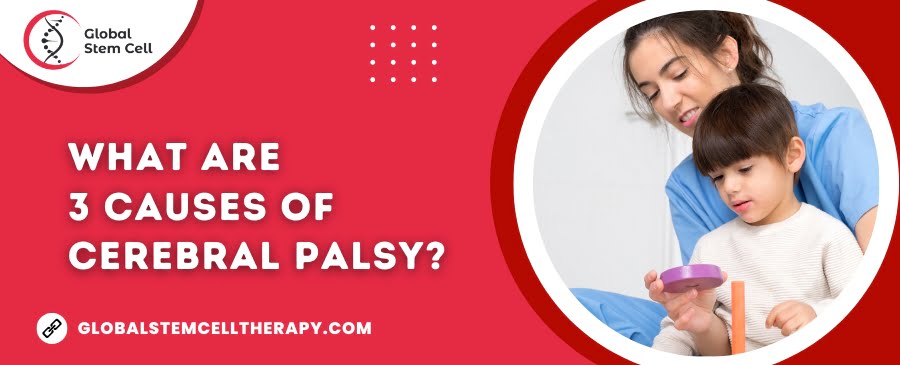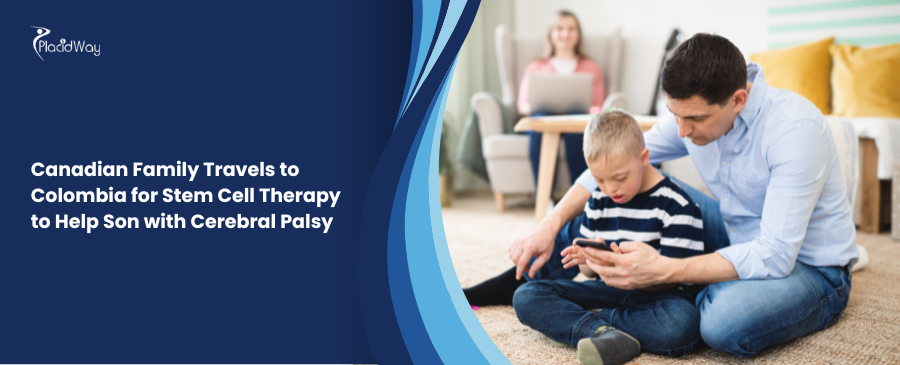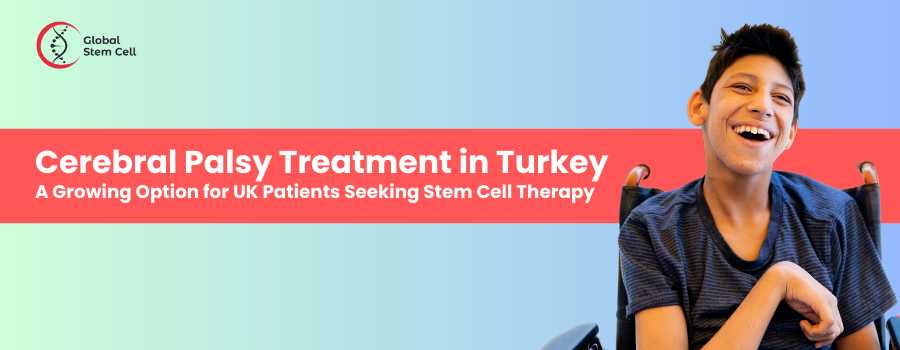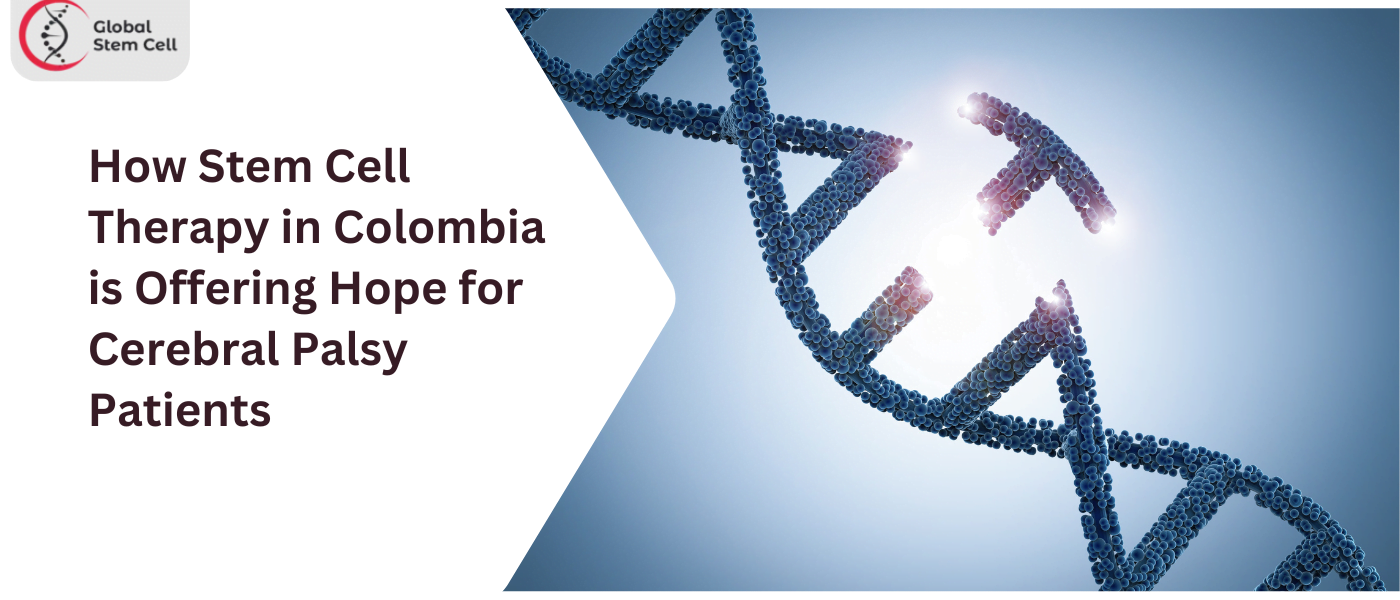Cerebral palsy is a group of motor disorders that result from damage to the brain during its development, most commonly during pregnancy or childbirth. The symptoms of cerebral palsy vary from person to person and may include spasticity, muscle weakness, balance problems, and difficulties with movement and coordination. While the exact cause of cerebral palsy is not always known, there are several risk factors that have been identified. In this article, we will discuss three causes of cerebral palsy.
Brain Damage Before Birth
Brain damage that occurs before birth is the most common cause of cerebral palsy. The brain damage can be caused by a variety of factors, including infections, lack of oxygen, and genetic factors.
Infections during pregnancy can cause brain damage in the developing fetus. Rubella, cytomegalovirus, and toxoplasmosis are examples of infections that can cause brain damage. These infections can be prevented through vaccination, proper hygiene, and avoiding contact with infected individuals.
Lack of oxygen during pregnancy can also lead to brain damage in the developing fetus. This can occur if the mother has problems with her blood pressure, or if there is a problem with the placenta. Preeclampsia is a condition that can lead to high blood pressure in the mother, which can reduce the amount of oxygen that reaches the fetus. Monitoring and managing maternal blood pressure during pregnancy can reduce the risk of brain damage in the developing fetus.
Genetic factors can also lead to brain damage in the developing fetus. Some genetic disorders can cause brain damage, including Down syndrome, fragile X syndrome, and Tay-Sachs disease. These conditions are typically diagnosed through genetic testing during pregnancy or shortly after birth.
Other factors that can contribute to brain damage before birth include maternal drug use, alcohol consumption, and exposure to toxins such as lead or mercury. It is important for pregnant women to avoid these substances to reduce the risk of brain damage in the developing fetus.
Brain damage before birth can lead to a range of symptoms in children with cerebral palsy, including difficulties with movement, coordination, and balance. Early intervention is important to help children with cerebral palsy reach their full potential. This may include physical therapy, occupational therapy, speech therapy, and other interventions to address specific symptoms and challenges.
Brain Damage During Birth
Brain damage that occurs during birth is another common cause of cerebral palsy. This can happen if the baby is deprived of oxygen for an extended period during labor and delivery. Some factors that can contribute to brain damage during birth include prolonged labor, breech birth, and instrumental delivery.
Prolonged labor can occur if the mother’s cervix does not dilate or if the contractions are not strong enough to push the baby through the birth canal. This can cause the baby to be deprived of oxygen for an extended period, leading to brain damage. Prenatal care and monitoring during labor and delivery can help identify potential issues and allow for timely interventions to prevent brain damage.
Breech birth occurs when the baby is positioned feet or buttocks first in the birth canal. This can cause the baby’s head to become trapped, which can lead to oxygen deprivation and brain damage. In some cases, a cesarean delivery may be recommended to reduce the risk of brain damage.
Instrumental delivery involves the use of forceps or a vacuum extractor to assist with the delivery of the baby. This can be necessary in cases where the baby is in distress or if the labor is prolonged. However, the use of these instruments can increase the risk of brain damage if not done properly. Careful monitoring and proper use of instruments can help reduce the risk of brain damage.
Other factors that can contribute to brain damage during birth include premature birth, low birth weight, and infection. It is important for healthcare providers to monitor the mother and baby during labor and delivery to identify any potential issues that could lead to brain damage.
Children with cerebral palsy caused by brain damage during birth may have a range of symptoms, including difficulties with movement, coordination, and balance. Early intervention is important to help children with cerebral palsy reach their full potential. This may include physical therapy, occupational therapy, speech therapy, and other interventions to address specific symptoms and challenges.
Brain Damage After Birth
Brain damage that occurs after birth is a less common cause of cerebral palsy, but it can still occur. Brain damage after birth can be caused by a variety of factors, including infections, head injuries, and strokes.
Infections can cause brain damage in infants, particularly if they are not treated promptly. Meningitis and encephalitis are examples of infections that can cause brain damage. It is important for parents to seek medical attention if their child shows signs of infection, such as fever, lethargy, or irritability.
Head injuries can also cause brain damage in infants and young children. Falls, motor vehicle accidents, and physical abuse are examples of situations that can cause head injuries. It is important to take steps to prevent head injuries, such as using proper car seats and helmets, and supervising children when they are playing.
Strokes can occur in infants and young children, although they are less common than in adults. Strokes can be caused by blood clots or bleeding in the brain. Some risk factors for stroke in children include heart disease, sickle cell anemia, and blood clotting disorders. Early identification and treatment of stroke are important to minimize the risk of brain damage.
Other factors that can contribute to brain damage after birth include exposure to toxins, such as lead or mercury, and oxygen deprivation due to near drowning or choking. It is important for parents to take steps to prevent these types of incidents to reduce the risk of brain damage.
Children with cerebral palsy caused by brain damage after birth may have a range of symptoms, including difficulties with movement, coordination, and balance. Early intervention is important to help children with cerebral palsy reach their full potential. This may include physical therapy, occupational therapy, speech therapy, and other interventions to address specific symptoms and challenges.
In Conclusion Cerebral palsy is a complex condition that can be caused by a variety of factors. Brain damage that occurs before, during, or after birth can all lead to cerebral palsy. While some risk factors for cerebral palsy cannot be avoided, such as genetic factors, there are steps that can be taken to reduce the risk of brain damage during birth, such as avoiding unnecessary interventions during labor and delivery. Early detection and intervention are key to helping children with cerebral palsy achieve their full potential. For more information about cerebral palsy Contact us today.







